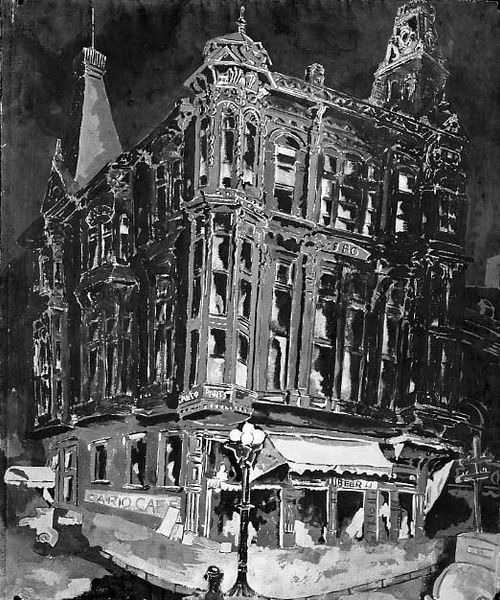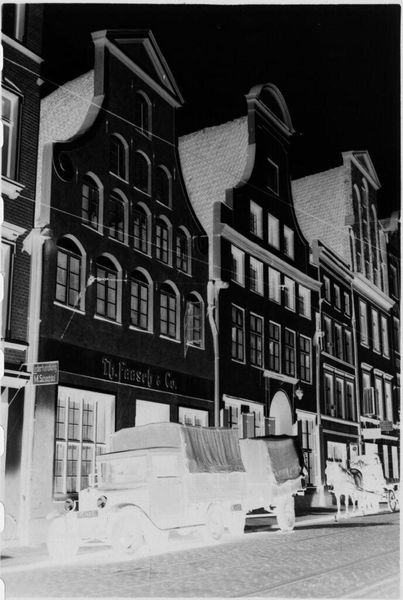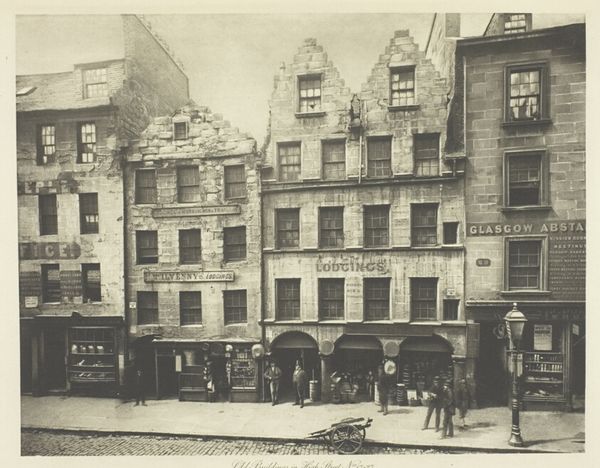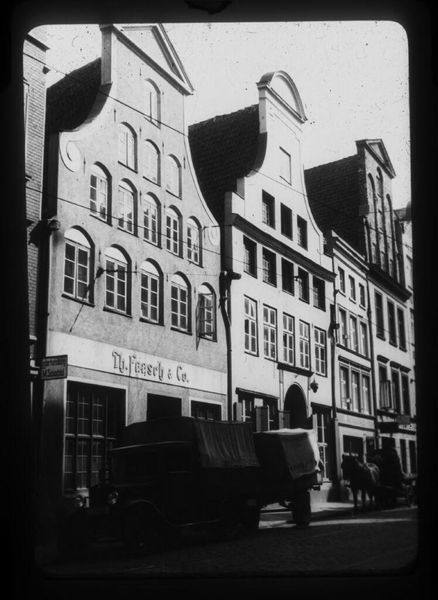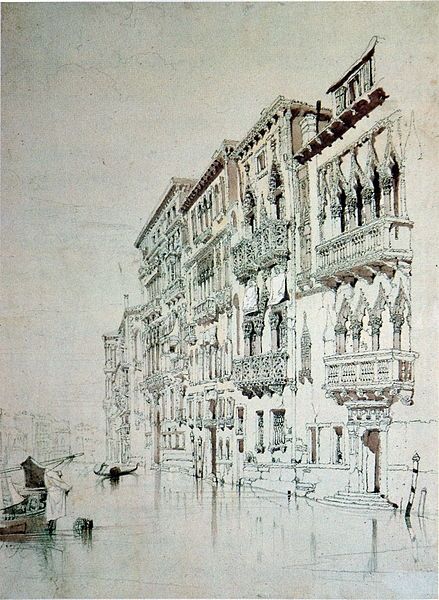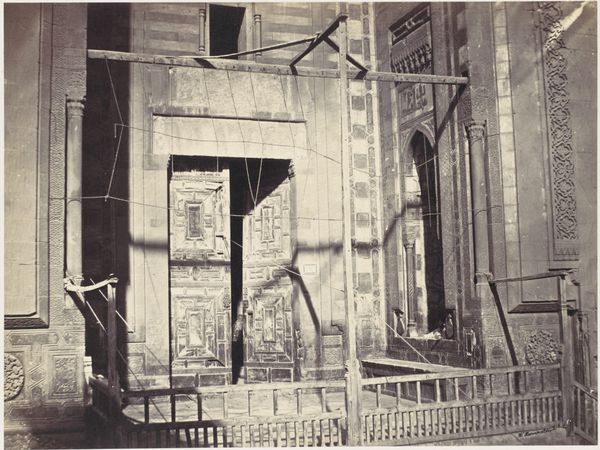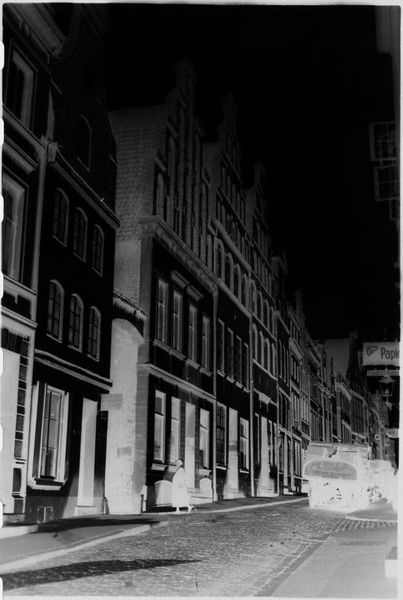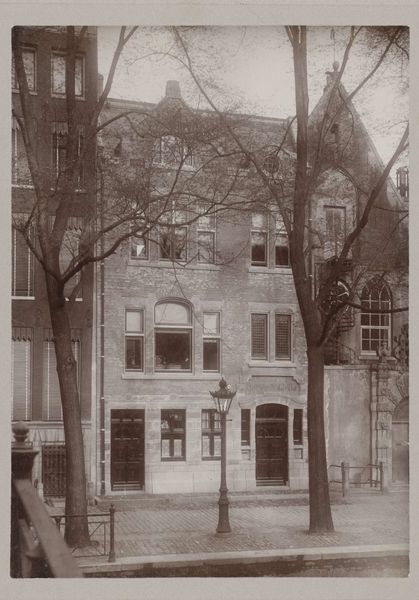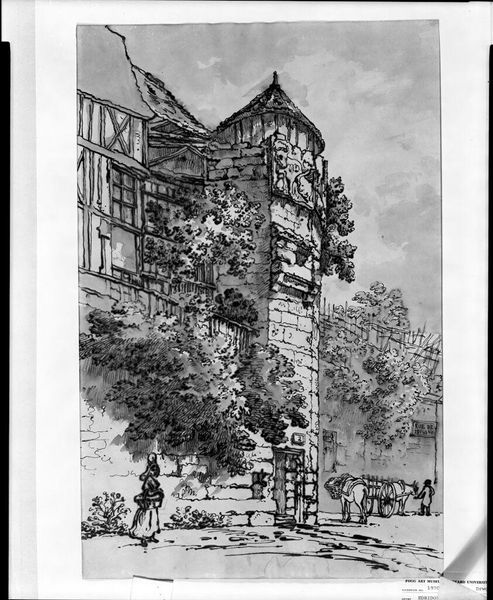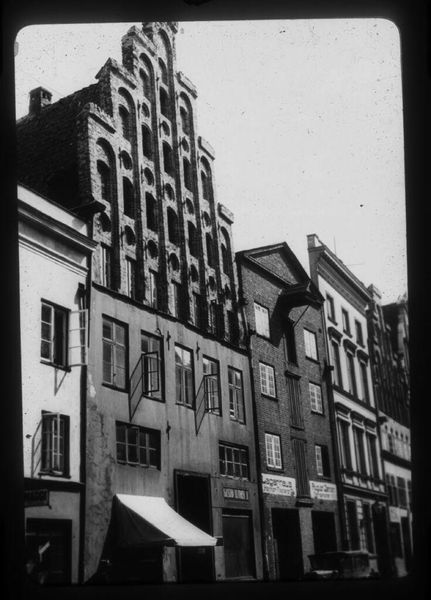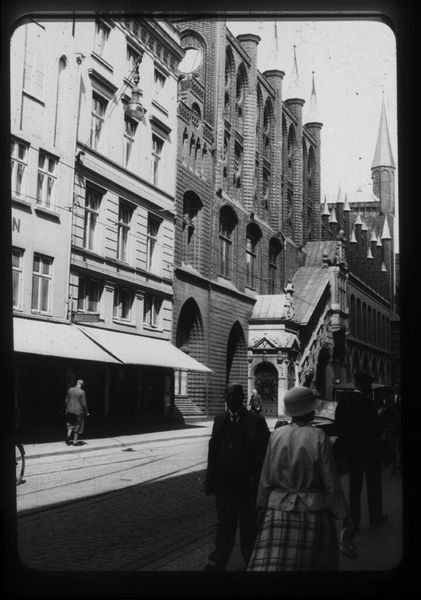
print, daguerreotype, photography
#
16_19th-century
#
black and white photography
# print
#
daguerreotype
#
black and white format
#
street-photography
#
photography
#
black and white
#
monochrome photography
#
cityscape
#
monochrome
#
realism
#
monochrome
Copyright: Public domain
Editor: This is "Atelier Nadar, 35 Boulevard Des Capucines" from 1860 by Félix Nadar, it's a daguerreotype. It’s amazing to see such a sharp image from so long ago. It really captures the bustling feel of the city street. What stands out to you in this image? Curator: The fascinating thing to me is how this image captures not just a physical place but a moment of cultural and societal shift. Consider the choice of the daguerreotype itself – a cutting-edge technology at the time. What symbols do you notice that might speak to the burgeoning modernism of Paris? Editor: Well, I see the name "Nadar" prominently displayed, suggesting this is his studio, maybe representing his ambition and status. Then there are the carriages in the street…they evoke motion and progress, I guess? Curator: Precisely! The carriages, yes. And note how Nadar positioned his studio – prominently on the Boulevard des Capucines. Consider the significance of that location itself, in the context of Haussmann's urban planning, symbolizing Paris becoming this world-class metropolis. What feelings does the rigid perspective of the building evoke? Editor: Now that you mention it, there's a sort of industrial, maybe even utopian, ambition in that straight-on view of the building’s facade. The large glass windows showcasing his workspace might mean something too, since they convey openness and invite scrutiny. Curator: Exactly. Light, clarity, visibility! These were the virtues of the modern age and its drive towards democratization. Notice the clock near the top. Consider the clock, the rhythm of the horses. What connections are evoked in terms of time and place? Editor: The clock hints at a society increasingly governed by time, and the hustle and bustle on the streets are manifestations of the Industrial Revolution. It also represents that a specific fleeting instance was captured, maybe a personal perspective from Nadar about how his space fits in that exact location and historical period. Curator: You’re absolutely right. We can understand how this seemingly straightforward photograph is not just documentation but a complex interplay of identity, technology, and societal aspiration, where time and place become significant aspects of visual memory. Editor: Wow, I never thought I could find so many things from what looked like a simple old photo, I appreciate that it had layers that made it more special. Curator: That is the power of images, and Nadar, capturing more than a single moment but evoking a longer cultural memory.
Comments
No comments
Be the first to comment and join the conversation on the ultimate creative platform.
